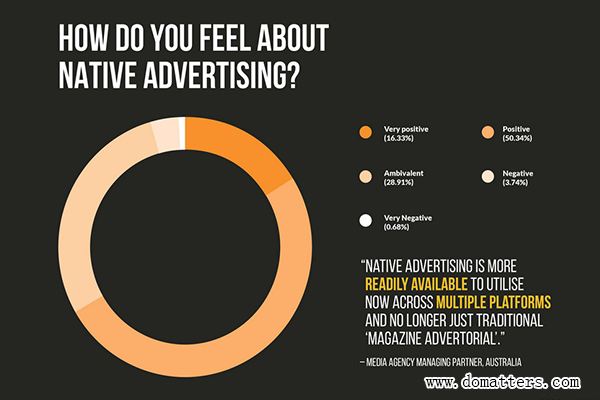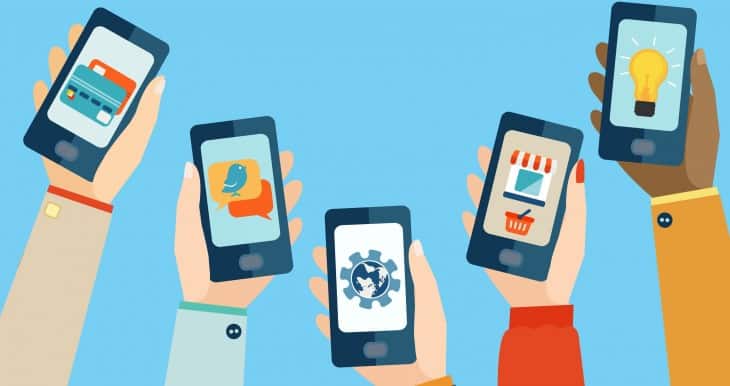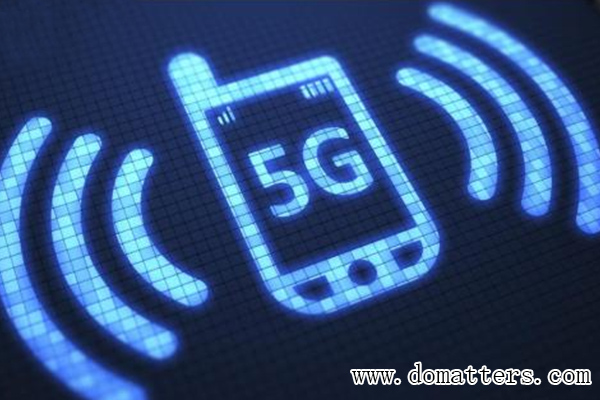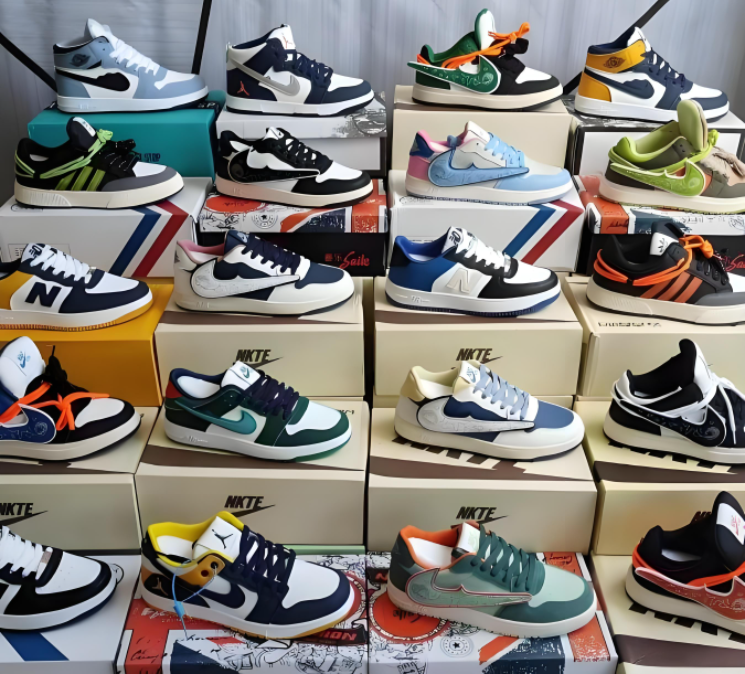Native advertising’s ability to blend in with an end-user’s content experience has made it extremely popular with brands.And, in terms of total spend, native reached nearly $33bn last year, effectively doubling the $17bn brands invested two years ago.
Domatters Digital Marketing China can foresee that native will continue its growth trajectory. Where will go next? Domatters tell you that mobile is the natural opportunity.

Millennials will become the largest generational group in 2019. So, it’s important to understand how they view and access information. According to a report from GlobalWebIndex(GWI), about half use ad blockers. They’re simply fed up with traditional ad experiences. They block banners and pop-ups, and they ignore them when they slip through. Enter native. Good native advertising doesn’t mimic; rather, it matches the form and function of the site where it appears. To do business with a generation skeptical of traditional display, native is the antidote. Specifically, mobile native.
Several studies show that Chinese consumers spend anywhere from four to a staggering six hours a dayon mobile devices, primarily smartphones and tablets. For millennials, the numbers are even higher. Plus, almost 70 percent of millennials say their mobile device is more important than their laptop or desktop, GWI research found. Advertisers are following consumers, with more than half of digital ad revenue coming from mobile.
As mobile devices dominate digital consumption, mobile native is the smart investment.The “absolute value” of mobile native ad spend in 2018 is doubling that of 2015.
Mobile gives us a new era of native performance

Thankfully for advertisers, native’s mobile shift has opened the door to a range of new performance capabilities that were previously unavailable.
For example,we can click-through purchasing directly within campaigns. And native ads that integrate with a mobile loyalty card. Desktop-based native display simply couldn’t feature the same built-in gesture-based functionality. On mobile, these capabilities boost performance for brands and help them track ROI as spending surges.
The market is already seeing the investment bear fruit. In many cases, native advertising drive greater purchase intentthan traditional display ads — 18% higher, according to IPG and Sharethrough. Brands such as Walmart and Macy’s have seen native campaigns meaningfully support their e-commerce revenue. This is quite different from just five years ago, when native was primarily desktop-based and seen more as a branding format.
Mobile:Small screens, big innovations
While mobile is a great opportunity, it’s also raising the bar for content quality. Mobile users are on a smaller screen and the nature of that experience means they’ll quickly abandonany branded content that’s either irrelevant or uninteresting. Extended reality (XR) and cross-device experiences will help marketers deliver against these demands.
XR is an exciting new field for digital advertisers, and one that native advertisers can’t ignore. XR experiences include virtual reality (VR), augmented reality (AR), 3D formats, 360-degree video, and more. Chevrolet, Peugeot, and Home Depot are three brands that have been experimenting with XR native formats.
Interactive and XR ads stand out from other native content and can increase e-commerce sales dramatically. This is the future of mobile native. AR revenue is projected to reach a whopping $14 billion in 2021, up from just $975 million in 2016. In addition, almost a thirdof the world’s consumers will use VR by 2020. These formats are constantly advancing and will be beneficial for native advertisers.
Native used to have a scale problem. But that’s changed as the technology powering it has improved. Previously, native programs needed to be built custom for specific channels, platforms, and distribution points to ensure a truly native and personalized user experience. Now, native technology partners are capable of programmatically scaling ad experiences across mobile web, apps, email, social media, as well as different operating systems and screen sizes, without sacrificing the like-for-like content experience. That technology will only become better and more necessary, especially as XR native takes hold, enticing brands to adopt and create more native programs.
Looking forward to 5G

Soon 5G will bring a quantum leap in wireless technology, and along with it, an era of radically new possibilities across all areas of tech and digital advertising. For native, 5G will make videos and ads stream more quickly and look crisper on mobile devices — specifically, for formats such as AR, VR and 360. Advertisers will also be able to run more seamlessly alongside streaming content.
Native advertising is the future of digital. And the trend towards mobile native will create a host of opportunities for marketers. From better performance to new formats and technology such as XR, geolocation, and cross-device, mobile is supercharging native and making it more attractive for everyone — brands and consumers alike.
If you want to do native advertising for your brand in China, please feel free to contact us.
Domatters will provide Chinese localization services for you at any time!










